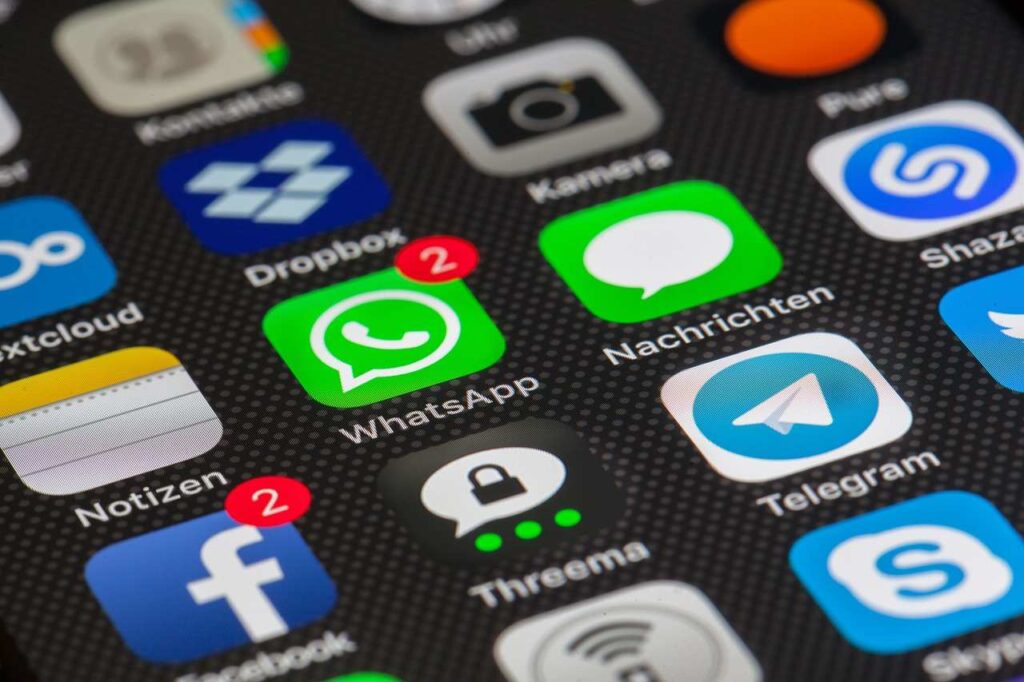Wikipedia defines “Freemium” as is a pricing strategy by which a product or service is provided free of charge, but money is charged for additional features, services, or virtual or physical goods.
Back in the old days, there was hardware and software. Software programs were packaged in a slipcover and sold with the computer hardware, or sold separately to customers. Software was a physical product that the customer purchased upfront and then owned in perpetuity.
As the internet matured, web pages took on the functionality of many software products. These software applications lived in the cloud and didn’t require physical ownership. Moreover, customers no longer had to pay for periodic upgrades since the online applications lived on a server and not on their hardware platforms. Software as a Service companies, known by the acronym SaaS became a business model. Based on their online delivery strategy, SaaS companies were presented with new revenue model opportunities.
Initially, SaaS products were monetized with a subscription model. The user paid an annual, monthly or lifetime subscription and was provided a login to access the application. SaaS marketers were always looking for new go-to-market strategies and rather than use the more ubiquitous sales-led or market-led approach, many SaaS companies chose instead to experiment with a product-led approach.
With a product-led approach, instead of just telling the prospect what they would get with their product, they offered the user a free trial period so they could create their own “Aha” moments by actually using the full-version application during the trial period.
While the free trial strategy was effective at converting some customers based on the endowment effect and loss aversion caused by the impending end of the free trial period, it did cut the other way too. Knowing that it would take time to configure the new application to make it work properly and integrate it with other business systems, the prospect’s fear of not having adequate time to configure and test the application before the trial period expired created some friction in the application’s adoption. To solve this problem, the freemium model was born.
Freemium users get basic functionality free forever rather than just for a limited time like a free trial. However, to improve the user experience there is an upgrade path that comes with a cost.
The economics of freemium is that a few paying users, who buy the full-featured version, help subsidize the users of the free version. With a freemium model, the business blends the free basic services used by the masses with a paid premium or pro version. As a general rule only about ten percent of users choose to get unlimited access or additional features offered in the pro version. Therefore, the job of marketers that offer a freemium product is to transition more free users into paying customers.
With a freemium product, the business still has to spend marketing dollars to get users to sign-up for the freemium version and may even need to provide sales support. However, rather than spend money on sales commissions as with a sales-led or on paid ads to explain the value of the application in a market-led approach, the use of a product-led approach allowed the company to spend more time and money developing the product.
Freemium products leverage consumer psychology. The Endowment effect says that we value things more if we own them. Having access to a freemium product increases the sense of ownership and therefore increases the perceived value of the product. The Mere-Exposure effect which we explained in the Friendship Formula is a phenomenon by which people tend to develop a preference for things merely because they are familiar with them.
The biggest obstacle to monetizing a freemium strategy is what economists call the penny gap. The penny gap is the transition point from unpaid to a paid customer and how to convince users to cross it. The penny gap is wide for freemium offerings since at the onset of the relationship, the user expectations are that the product is free for life.
To dispel this perception, a business needs to immediately and repeatedly remind users that they’re accessing the freemium version of a premium product that can provide even more value. Because a freemium version is a forever-free product, companies that offer a freemium product need a specifically designed conversion or up-sell strategy.
Too often, companies that roll out a freemium strategy have the mistaken assumption that freemium users will naturally cross the penny gap and become paying user. With a non-existing or weak conversion strategy, freemium users are all too often simply an un-monetized user segment.
Since a freemium strategy offers the user perpetual access to a restricted version of a product, there are four primary restrictions many developers employ-
Feature limitations
Feature limitations are the most common form used for freemium products. The user gets a basic version of the pro version. A good example is Realtime Board. The Free plan allows for a maximum of five boards and comes with no support, while the Team or Pro version includes unlimited boards, email support, and many other features. Once a freemium user gets accustomed to using the freemium product, the strategy is that the user with some prompting will champion its use more widely in their teams or company which will necessitate upgrading to the team version.
Usage limitations
Usage limitations often include limits on storage or server access, or caps the number of users. A good example is Buffer. The Freemium version limits the user to only three social media accounts and allows the user to queue up only 10 posts, while the pro version allows the user to connect up to eight social media accounts and queue of up to 100 posts. Once a freemium user sees the value of being able to schedule posts on different social media sites and at optimal times, the hope is that the user will want to add more of their social media platforms and schedule an increasingly larger number of posts not offered in the freemium version.
Advertisement additions
Not every restriction involves removing some of an application’s functionality. Freemium versions might include advertisements. A good example is Pandora where the Freemium version is ad-supported and the pro version removes the ads to improve the user’s experience.
Cross-selling
Some freemium products like iTunes are fully functional in their freemium version. However, access to the freemium tool places the user in an ecosystem that incentivizes additional product purchases.
As we shared in the post THE SECRET TO A VIRAL PRODUCT OR SERVICE, some applications are fully free like WhatsApp with no upgrade path or cross-selling. In these cases, the user is the currency. Often the company is trying to attract as many users as possible, either to position it for future acquisition, as was the case with WhatsApp or to sell targeted ads with no option to opt-out of ads like Facebook.
As a SaaS company, offering a freemium version as part of a product-led strategy is a viable alternative to either a sales or market-led strategy for attracting new users to online applications.
Could you offer a freemium version of your product?









